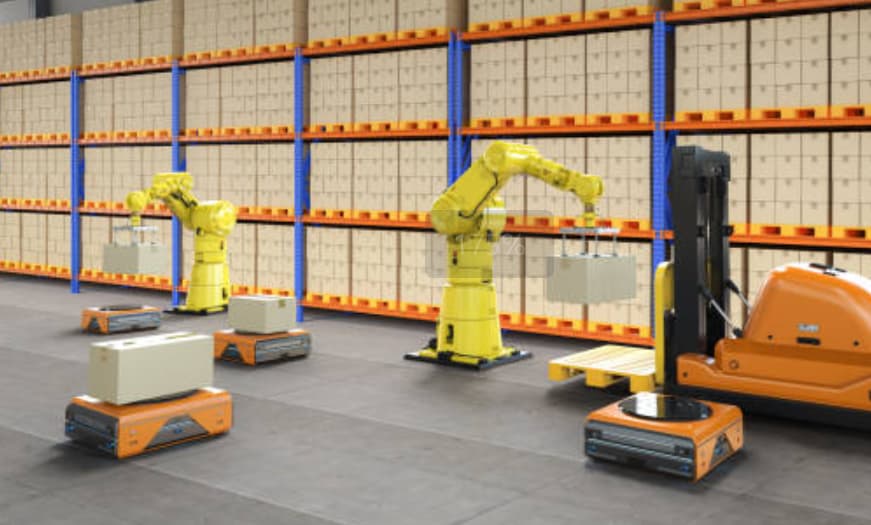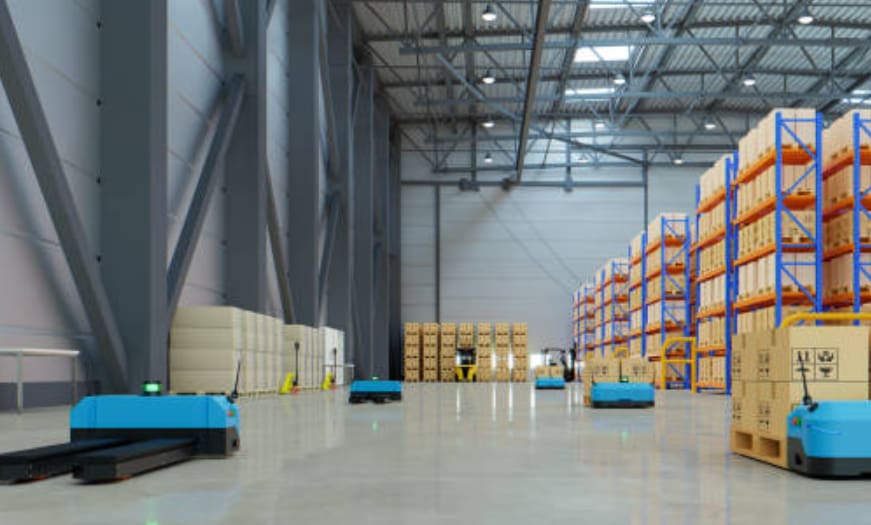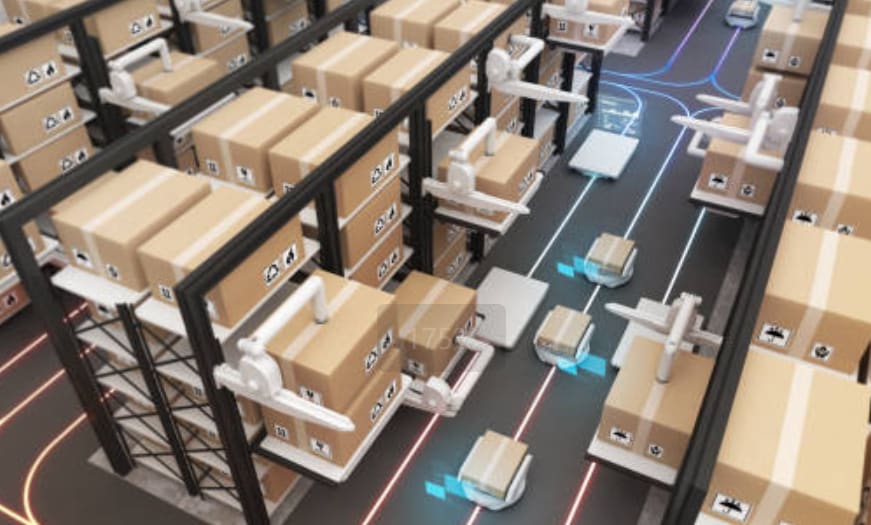The logistics industry is undergoing a seismic shift, driven by the rise of AGV vehicles . With e-commerce order volumes surging 23% annuallyand labor costs escalating, warehouses globally are turning to these intelligent robots to streamlineoperations. This article isn’t just another overview—it’s a strategic blueprint for logistics managers and decision-makers aiming to future-proof their warehouses.
By 2025, the global AGV market is projected to reach $5.8 billion, fueled by advancements in AI and vision-guided navigation. Yet, many warehouses still struggle with implementation hurdles, from choosing the right AGV type to optimizing fleet coordination. Drawing on case studies from industry leaders like Hikrobotics e Geek+, we’ll dissect how AGV systems can slash operational costs by 30% while boosting throughput.
Whether you’re exploring AGVs for pallet handling or network repair tasks, this guide delivers actionable insights backed by data, real-world examples, and a step-by-step implementation roadmap. Let’s dive into the mechanics of warehouse automation and uncover why AGV vehicles are no longer optional—they’re essential.

1. The Rise of AGV Vehicles in Warehouse Automation
1.1 Market Growth and Industry Adoption
The AGV sector has exploded, with a 45% YoY growth rate in China’s market alone. Key drivers include:
- E-commerce demand: Online retail warehouses now handle 2.5x more SKUs than traditional facilities, requiring agile solutions like unit load AGVs
- Labor shortages: The U.S. logistics sector faces a 20% workforce deficit, making AGVs critical for 24/7 operations.
- ROI potential: Companies report 12-18 month payback periods after deploying AGV fleets.
1.2 Core Advantages of AGV Systems
AGV vehicles outperform traditional methods through:
- Precision positioning: Laser-guided systems reduce load-damage incidents by 62%.
- Energy efficiency: Modern AGVs consume 40% less energy than diesel forklifts.
- Scalability: Modular designs allow fleets to adapt to seasonal demand spikes.


2. Key AGV Types for Logistics Applications
2.1 Unit Load AGVs: Mastering Palletized Cargo
Ideal for pallet transport, these AGVs handle payloads up to 1,500 kg. Por exemplo, Siasun’s models dominate automotive manufacturing by moving engines with millimeter accuracy.
- Best for: High-density warehouses with standardized pallet sizes.
- Navigation: Laser-based systems ensure ±5mm positioning accuracy.
2.2 Tugger AGVs: Multi-Cart Transportation
Tugger AGVs excel in large facilities, pulling 5-10 carts simultaneously. Diamond Phoenix reported a 27% productivity jump using tuggers for cross-docking.
- Use case: E-commerce fulfillment centers moving mixed SKUs.
- Safety feature: Collision avoidance sensors reduce accidents by 89%.


3. Implementing AGV Vehicles in Your Warehouse
3.1 Step-by-Step Implementation Guide
- Needs assessment: Identify pain points (por exemplo, order-picking bottlenecks).
- AGV selection: Match vehicle types to tasks (see Section 2).
- Infrastructure upgrades: Install [Wi-Fi 6 networks] for real-time fleet communication.
- Pilot testing: Run a 3-month trial to refine workflows.
3.2 Overcoming Common Challenges
- Integration issues: Use [Sistemas de gerenciamento de armazém (WMS)] like SAP EWM for seamless AGV coordination.
- Staff resistance: Train teams via VR simulations to build confidence in AGV workflows.


4. Future Trends in AGV Technology
4.1 Vision-Guided Navigation Systems
Replacing laser guidance, vision-based AGVs like OTTO Motors’ 1500 use AI to navigate dynamic environments. By 2030, 65% of AGVs will adopt this tech, cutting setup costs by 50%.
4.2 AI-Driven Fleet Coordination
Machine learning algorithms now optimize AGV routes in real-time. Fetch Robotics achieved a 33% reduction in idle time using predictive analytics.


Conclusion and Next Steps
AGV vehicles aren’t just tools—they’re strategic assets. To capitalize:
- Audit your workflow: Identify 2-3 processes ripe for automation.
- Consult experts: Feel free to contact us at any time!
- Start small: Launch a pilot project with 3-5 AGVs to measure ROI.
The future belongs to warehouses that embrace smart logistics. With AGV vehicles, you’re not just keeping pace—you’re leading the charge.
